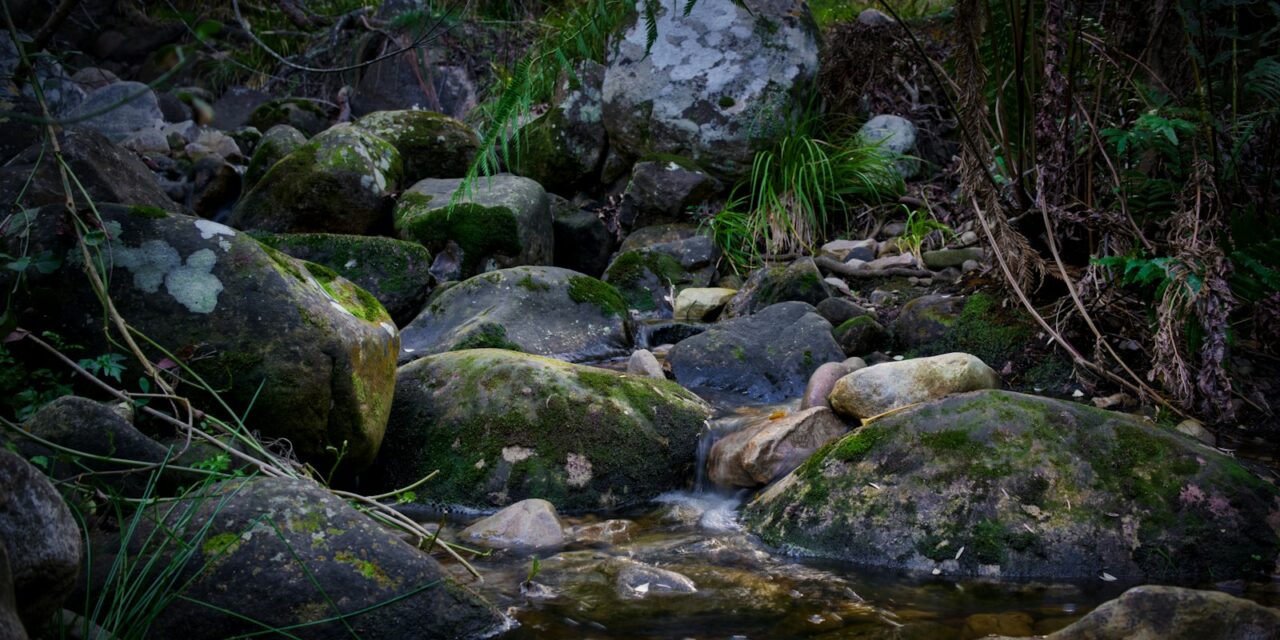In the latest example of the remarkable power of investigative genetic genealogy, researchers at the Investigative Genetic Genealogy Center of Ramapo College of New Jersey have identified a human jawbone, initially found in a child’s rock collection, as belonging to Capt. Everett Leland Yager, a U.S. Marine Corps captain who died in 1951 during a military training exercise.
This jawbone, hidden among an assortment of rocks for over two decades, puzzled genealogists until recently when DNA advances allowed for conclusive identification.
Assistant Director of the Ramapo College Investigative Genetic Genealogy Center, Cairenn Binder, noted the uniqueness of the case illustrating the challenges and novelty of this discovery:
This was really unusual because typically when we’re resolving a case, we’re looking for a missing person, a person that we can’t find any records for.
Cairenn Binder, Assistant Director of the Ramapo College Investigative Genetic Genealogy Center
Remarkable discoveries over the years
Young Cave Artists
In the realm of prehistoric art, fascinating insights have emerged from Spain where a study concluded that many ancient cave paintings were likely created by children. This revelation provides a unique glimpse into the social and cultural dynamics of early human communities, showing that artistic expression was a communal and inclusive activity involving individuals of various ages (Artnet News).
Lava Tube Bones
Additionally, the discovery of human and animal bones alongside ancient stone tools in a Saudi Arabian lava tube cave has shed light on the region’s prehistoric human activity. The findings suggest that these caves served as intermittent shelters for nomadic herders over millennia, demonstrating the enduring nature of migration and settlement patterns in harsh environments (Archaeology Magazine).
23,000-year-old genome
A 23,000-year-old human genome was successfully extracted from an ancient tooth found in a cave in Andalusia, Spain. The genetic analysis reveals links to an older human sample from Belgium, but shows no genetic connections to nearby North African populations. This discovery provides valuable insights into the movements and genetic history of early humans in Europe (Cosmos Magazine).
What will you discover?
These discoveries collectively highlight the diverse ways in which unassuming objects and places can offer profound insights into human history, echoing the sentiments of the Yager case. History can often be found where we least expect it, revealing itself in everyday items and locations.
For those inspired by such stories, the adventure awaits in local landscapes and community environments. Visiting local historic sites, exploring nearby abandoned buildings or old homes, and even combing through items at estate sales can lead to unexpected discoveries. Hiking in lesser-traveled paths or participating in local archaeological digs can also be rewarding. So get out there and see what you can find!
Image Source:
- Photo by Chris Rhoads: instant images





